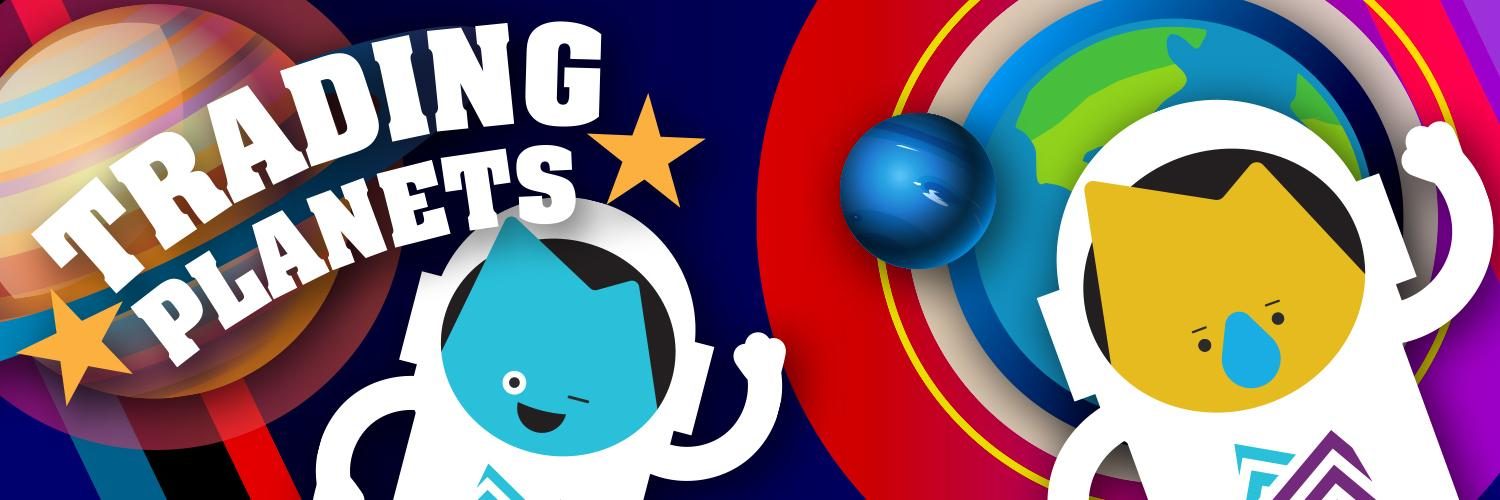The benefits of freer trade
How global commerce enhances economic growth
The benefits of freer trade
Never miss an article from Bank of Canada when you sign up for email alerts.
Trade is dominating the news these days. With the barrage of headlines and the talk about protectionism and tariffs, it’s easy to forget that much of our economic growth and prosperity comes from international trade.
Trade makes the pie bigger
For decades, as trade among countries has grown, so has the world’s wealth. Here in Canada, roughly 1 in 6 jobs is linked to exports. Economists estimate that incomes in Canada are 15 to 40 per cent higher thanks to freer trade.1 At the same time, trade has provided consumers with a greater selection of goods and services, at lower prices.
While much has changed in the past 70 years, the largest increase in global wealth coincided with a worldwide reduction in trade barriers and a major increase in global trade.
Canada’s experience with free trade has been positive for both consumers and producers. While much has changed in the past 70 years, the largest increase in global wealth coincided with a worldwide reduction in trade barriers and a major increase in global trade.
Why the big jump in trade? Because the freer exchange of goods and services between one country and another allows specialization to occur.
All partners reap the rewards
Specialization means focusing on what each country produces most efficiently and trading for the rest. And because specialization is more efficient, it creates more wealth than if each country tried to do it all on its own.
International trade is no different from domestic specialization and internal trade—few of us grow our own food or do our own dry cleaning. Instead, we specialize and trade.
On a global scale, the benefits of combining specialization with trade can be enormous:
- Being able to sell products in other countries allows companies to produce on a much larger scale. In a smaller market such as Canada, some goods or services might be too expensive to produce because high fixed costs make the average cost of each unit too high. But if a company can sell to other countries, it can make more units, so the average cost per unit goes down.
- With open markets, companies invest in new technologies to meet the increased demand for their products. This creates economic growth and wealth.
- The efficiency gains from international trade make consumers better off too: they get better quality goods, at lower prices. Trade also leads to more choice for consumers.
- Freer trade means the production of a good can be spread across many companies and in different countries. Companies can further specialize by developing their competitive advantage in a part of a good rather than the whole good—producing just the brake pad in a car, for example—and relying on other companies or other countries to produce the rest. This type of production creates a supply chain that drives down both costs and prices.
Trade protectionism makes everyone worse off
While freer trade—in both exports and imports—makes us better off, the opposite is also true. Barriers to free trade, such as tariffs, have a negative impact on our economic well-being.
Tariffs are normally paid at the border by the company importing the good or service, not the exporter. It’s the buyer, not the seller, who gets billed.
The buyer then has the option of passing part of that cost on to customers by raising prices, or sharing the increase with the exporting company.
- Example: American drink can manufacturers buy aluminum from Canadian producers. The manufacturer (the aluminum importer) pays the tariff, which increases the cost to make cans. So, consumers in the United States would likely pay more for their drinks.
Who ultimately pays, and how much, is normally determined by the availability of a close substitute at a lower price. But, in most cases, the citizens of the country imposing the tariff find themselves paying more.
Freer trade has made countries more interconnected and has allowed businesses to take advantage of specialized supply chains. Reversing the trend by imposing tariffs disrupts this global market and eliminates many of the benefits.

The pie isn’t divided evenly
Freer trade has raised incomes across the global economy, but it has not benefited everyone. Countries engaged in free trade are better off overall, but some sectors and communities within countries have suffered.
In some cases, income inequality is worse: with free trade, certain domestic industries shrink, while others shift production abroad, leaving people behind. While many industries will flourish with specialization, others will suffer, often because they can’t compete globally.
This causes considerable disruption for workers, their families, and affected towns and communities. It could take years, or even a generation, for adjustments to fully play out.
Governments have used policies such as ongoing learning and retraining programs to help affected workers adjust. This is a better approach than shrinking the pie through trade protection. That would be worse for everyone.
Trade deficits and surpluses are not a scorecard
While not everyone has benefited from the larger pie created by trade, it’s important to debunk the myth that cheap imports are the cause of all the pain and that a trade deficit with another country is a bad thing.
A few centuries ago, the prevailing view was that exports were good and imports were bad. That led countries to try to export more than they imported. But the idea that one country’s trade balance with another is some sort of scorecard indicating a winner and loser is not accurate.
Looking at trade balances between a country and its trade partners, we should expect to see surpluses with some and deficits with others. This is specialization in action.
Imports are essential to our economy:
- Imports often provide critical components of the machinery and equipment businesses use in production, helping make the process more efficient.
- 34 per cent of what we consume in Canada is at least partially produced elsewhere.
- Many exporters depend on imports because they provide essential inputs to a finished product. This is the essence of a supply chain, allowing firms to focus on what they do best.
The global interconnected trade network
Rather than focus on one country’s trade deficit or surplus with another, it’s more informative to look at a country’s overall trade balance with the rest of the world.
In our interconnected world, a trade deficit can say a lot of things about the economy, and many of them have nothing to do with trade agreements.
If a country spends more than it earns, the difference is reflected in a trade deficit. This is equivalent to borrowing from the rest of the world. A country’s global trade balance can be affected by many things:
- If a country spends a large share of its income on investing in capital such as machinery and equipment, its trade balance will be weaker, assuming everything else remains the same. But strong investment typically supports future productivity growth and increasing wealth, so it shouldn’t be viewed as a negative.
- A government’s deficits must be financed through borrowing—from its own citizens or from the rest of the world, or both. So, if the government’s borrowing exceeds domestic private savings, the difference will appear as a trade deficit, which is equivalent to borrowing from foreigners.
- A stronger exchange rate will tend to weaken a country’s trade balance because it raises the prices of its exports in foreign currencies and lowers the prices of its imports.
We need to keep the pie growing
The reality is that, overall, global trade has contributed to our prosperity. While the benefits have not always been shared equally, specialization from freer international trade has made us more productive and has given us lower-cost goods and services.
Freer trade, combined with policies to help those who aren’t getting an equal share, should continue to make the pie grow for everyone.
- 1. This range reflects recent theoretical frameworks used by economists to measure the welfare gains from freer trade, as measured by changes in real income.[←]

We want to hear from you
Comment or suggestion? Fill out this form.
Questions? Contact us.


